When it comes to hauling and transporting materials with ease, an ATV dump trailer stands out as an exceptional asset. Specifically designed to provide convenience, efficiency, and versatility, this equipment elevates your off-road adventures and work capabilities. In this article, we will delve into the intricate steps to construct an ATV dump trailer, ensuring that even those with minimal experience can follow along. Furthermore, we will address various considerations, tips, and potential modifications to optimize your trailer’s functionality.
Understanding the Purpose of an ATV Dump Trailer
Key Benefits
- Enhanced Efficiency: An ATV dump trailer allows for quick unloading with a tilting mechanism, reducing manual labor significantly.
- Versatility: Suitable for various tasks, including gardening, construction debris removal, or transporting landscape materials.
- Cost-Effective: Building your own trailer can save you considerable expense compared to purchasing a pre-made model.
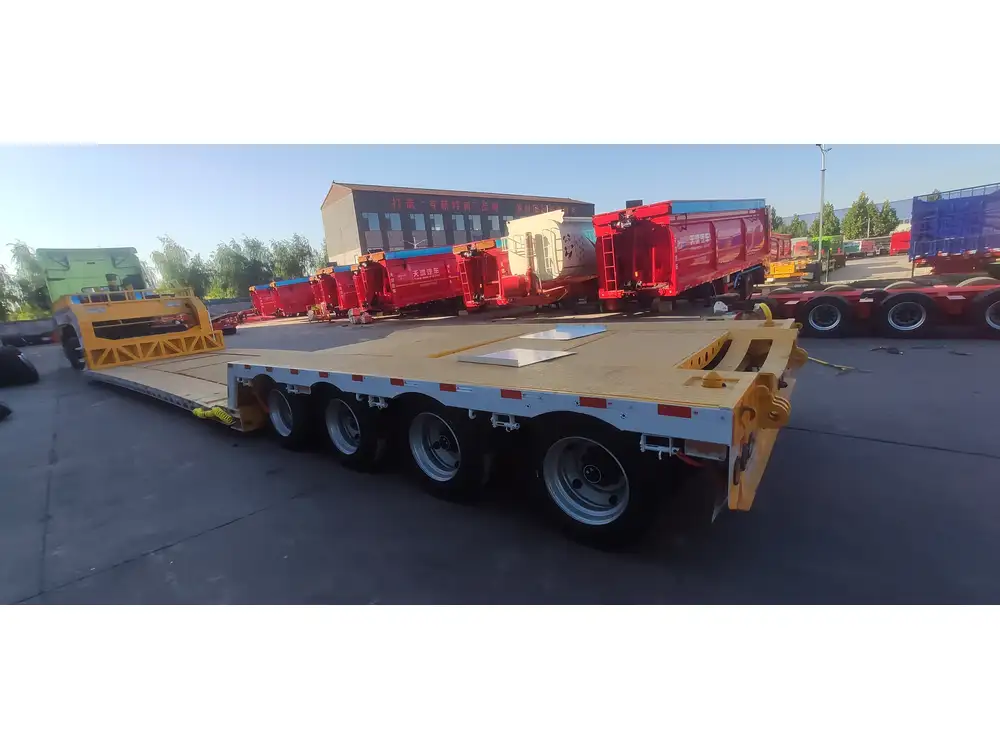
Essential Components of an ATV Dump Trailer
Before embarking on the construction journey, it is crucial to identify the essential components that will make up your ATV dump trailer. Understanding these elements will streamline the building process, minimizing potential setbacks.
| Component | Description |
|---|---|
| Frame | The skeletal structure that supports the entire trailer. |
| Axle | The rod around which the wheels rotate, providing stability. |
| Wheels/Tires | Essential for mobility and must be chosen based on terrain. |
| Dump Mechanism | The mechanism that allows for tilting the trailer to unload. |
| Hitch | The connector for attaching the trailer to the ATV. |
| Bed | The platform for holding the cargo, typically made of steel or wood. |
| Safety features | These include lights or reflectors for visibility. |
Step-by-Step Guide to Building an ATV Dump Trailer
Step 1: Gather Materials and Tools
Before starting construction, compile all necessary materials and tools to ensure a seamless building experience:

Materials Needed:
- Steel or aluminum for the frame and bed
- Trailer axle with wheels
- Dump hinge mechanism
- Hitch coupler
- Bolts, nuts, and washers
- Paint or protective coating
Tools Required:
- Welding machine
- Drill
- Wrenches
- Angle grinder
- Saw (band saw or chop saw)
Step 2: Designing Your Trailer
A well-thought-out design is integral to the success of your trailer. Determine the dimensions based on your ATV’s size and the intended load capacity.
- Frame Dimensions: Plan accordingly, typically around 4 feet wide by 8 feet long.
- Bed Height: Generally, 12-24 inches high for ease of loading and unloading.
Use CAD software or simple sketches to visualize your design.
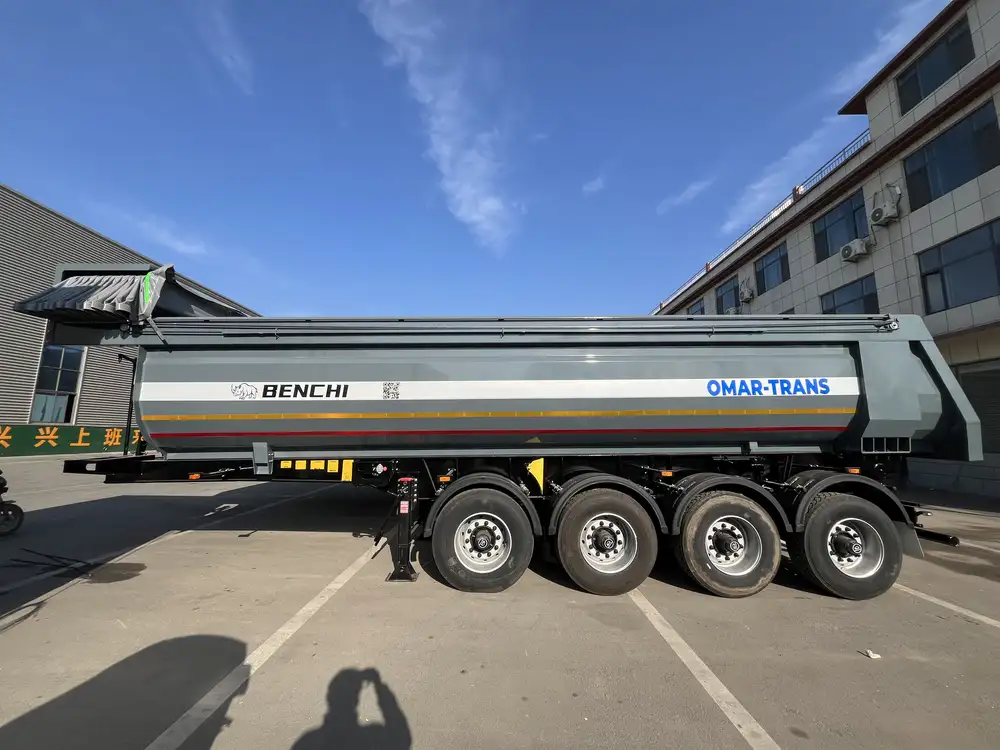
Step 3: Constructing the Frame
- Cut Steel Sections: Cut the steel tubing to the required frame dimensions using the saw.
- Assemble the Frame: Use screws or welding to connect the pieces, forming a rectangle as per your design. Reinforce corners for added stability.
- Attach the Axle: Install the axle perpendicular to the frame base, ensuring it is centered for balance.
Step 4: Building the Bed
- Cut the Bed Material: Depending on your choice (steel or wood), cut the material to match the frame’s length and width.
- Secure the Bed: Attach the bed to the frame using bolts or welds. Ensure it is firmly fixed for safe transportation.
- Install the Dump Mechanism: Set up the hinge at the front of the bed to permit a tilting action for unloading. Ensure the hinge can withstand the weight of the load.
Step 5: Adding the Hitch
- Determine Hitch Placement: The hitch should be located at the back of the frame to avoid unnecessary strain on the ATV.
- Attach the Hitch Coupler: Follow manufacturer guidelines to install the hitch. Ensure it is securely attached and accessible for coupling with your ATV.
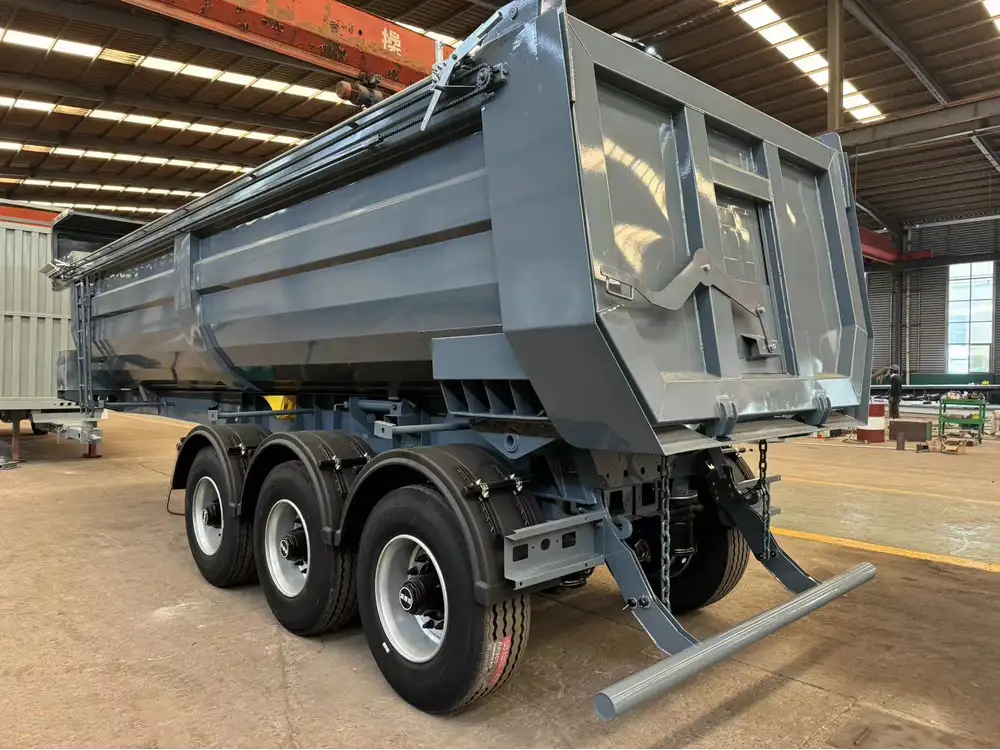
Step 6: Implementing the Wheels and Tires
- Install the Wheels: Attach the wheels to the axle, ensuring they rotate freely and are perpendicular to the frame.
- Secure with Safety Pins: Use cotter pins to secure the wheels, preventing them from coming off during transport.
Step 7: Finalizing the Trailer
- Check for Stability: Ensure all components are tightly secured and inspect for any potential weak points.
- Paint and Protect: Apply a protective coating or paint to prevent rust and enhance the trailer’s aesthetic appeal.
- Install Safety Features: Consider adding reflectors and lights for visibility during low-light conditions.
Tips for Maintenance and Upkeep
Regular maintenance ensures that your ATV dump trailer remains functional and safe over time. Here are some essential tips:
- Inspect Regularly: Check for loose bolts, rust, and wear on tires and axles.
- Clean Thoroughly: Remove dirt and debris after each use to prevent corrosion.
- Lubricate Moving Parts: Regularly grease the hinges and axle to maintain smooth operation.
- Store Properly: If not in use, store the trailer in a dry area to prolong its lifespan.
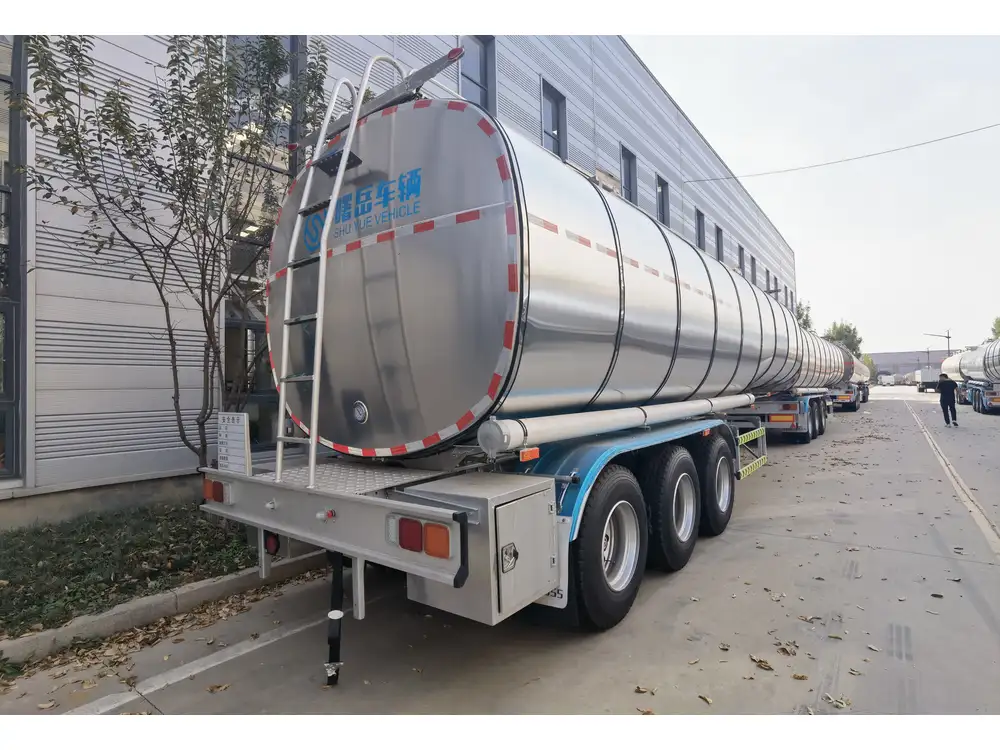
Common Issues and Solutions
Creating your own ATV dump trailer can pose challenges, so it’s vital to be prepared for potential issues:
1. Trailer Tilting Unintentionally
Solution: Ensure that the dump hinge mechanism is securely fastened and that the weight is evenly distributed across the trailer bed.
2. Wheels Not Functioning Smoothly
Solution: Check the wheel alignment and ensure that the axle is level and free from obstructions.
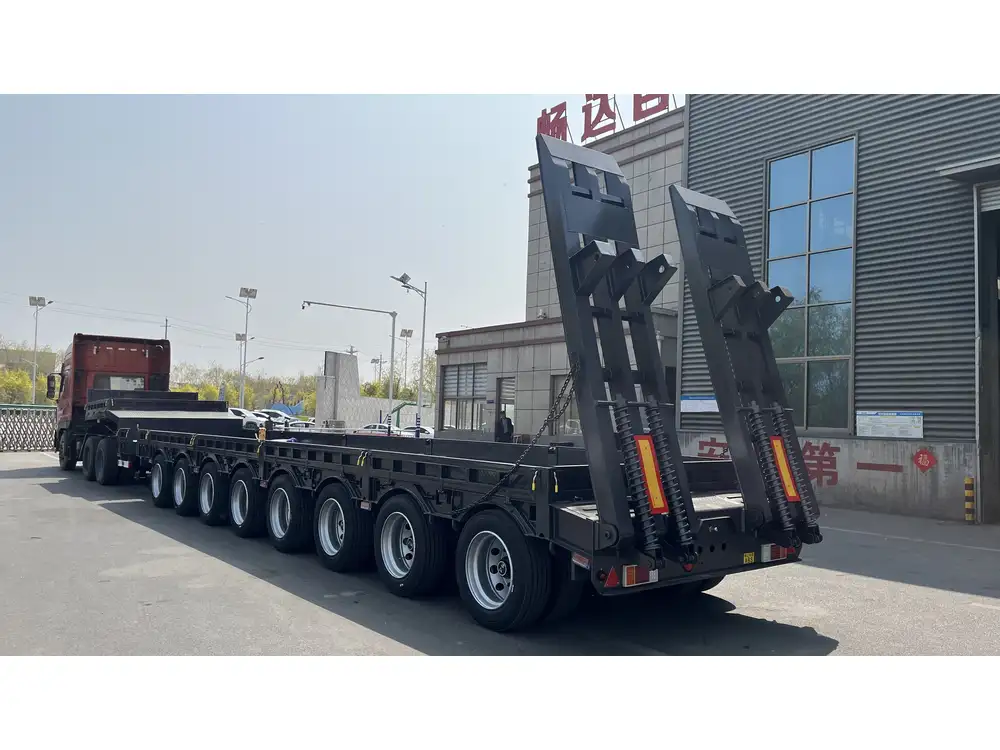
3. Frame Weakness
Solution: Reinforce weak points with additional supports, and consider upgrading to sturdier materials if necessary.
Potential Modifications for Enhanced Functionality
Once you’ve built your trailer, consider upgrades that can expand its capabilities:
- Add Sidewalls: Increase the cargo capacity and security by adding removable sidewalls.
- Create Adjustable Height: Introduce a crank system to adjust the bed height for easier loading.
- Install Ramps: For convenience, integrating ramps can facilitate the loading of heavier items or equipment.
Conclusion
Building your own ATV dump trailer not only provides a sense of accomplishment but also creates a versatile tool suited for various hauling tasks. By following these detailed instructions and tips, you can construct a trailer that meets your needs while ensuring safety and efficiency in transport. 💡
Explore customization options, ensure regular maintenance, and remain informed about potential issues to maximize your trailer’s utility and lifespan. Happy hauling, and enjoy your newfound creation!



